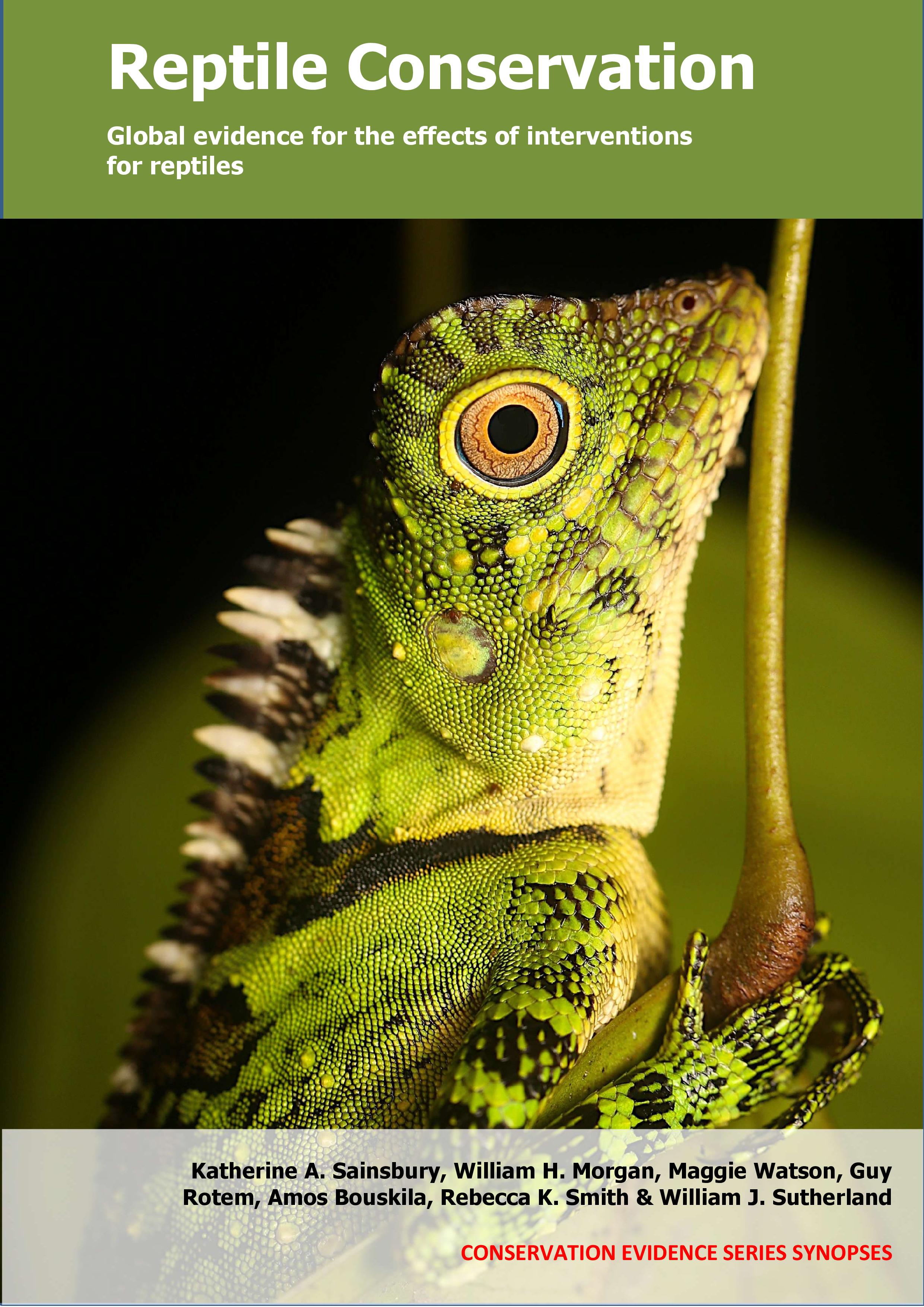Create or restore waterways
-
Overall effectiveness category Awaiting assessment
-
Number of studies: 2
View assessment score
Hide assessment score
How is the evidence assessed?
-
Effectiveness
not assessed -
Certainty
not assessed -
Harms
not assessed
Study locations
Supporting evidence from individual studies
A site comparison study in 2009 in 12 streams in North Carolina, USA (Dudley et al. 2015) found that restored streams had similar overall turtle abundance and community composition to pristine stream habitats. Turtle abundance was statistically similar in restored streams (9 turtles/site) compared to pristine streams (4 turtles/site). Overall, turtle communities were statistically similar between restored and pristine streams, although turtle community composition was correlated with habitat characteristics (water quality and habitat structure) that were significantly different between restored and pristine streams (see original paper for details, including abundances of the eight turtle species captured). Turtle abundance and species richness was compared in six restored and six natural, undegraded streams by trapping turtles using hoop nets in May–July 2009 (12 total trap nights/site). Restored streams were in their second to fifth growing season after restoration and shared similar characteristics (see original paper for details of restoration approach). Pristine streams were selected based on biological integrity and proximity to restored streams. Captured turtles were weighed, individually marked (or assessed for distinguishing scars) and released.
Study and other actions testedA replicated, site comparison study in 2012–2014 in saltcedar Tamarix ramosissima-cottonwood Populus fremontii forest along a river in Utah, Arizona and Nevada, USA (Mosher & Bateman 2016) found that the impact of redirecting water flows as part of forest restoration, along with mechanical tree removal, herbicide treatment and replanting native species, on overall lizard abundance was mixed. Trapping surveys indicated that overall lizard abundance was similar in restored stands (127–171 lizards/site/100 trap nights) compared to unrestored stands (62–74), whereas visual encounter surveys found that overall reptile abundance was greater at restored sites (results reported as statistical results). See original paper for the effects of restoration on individual species. In winter–spring 2012–2013, restoration of saltcedar-cottonwood/willow Salix spp stands was carried out along the Virgin River, including: introducing/redirecting water flows by trenching, mechanically removing 50% of saltcedar and Russian olive Elaegnus angustifolia, spraying stumps with herbicide and transplanting native plants. Saltcedar in Utah was subject to biocontrol by northern tamarisk beetles Diorhabda carinulata from 2006 (see original paper for details). Reptiles were monitored in two restored and six unrestored stands in May–July 2013–2014 using drift fences with pitfall and funnel traps (1,060 total trap days) and visual encounter surveys (3 transects/site, see original paper for details).
Study and other actions tested
Where has this evidence come from?
List of journals searched by synopsis
All the journals searched for all synopses
This Action forms part of the Action Synopsis:
Reptile Conservation
Reptile Conservation - Published 2021
Reptile synopsis





)_2023.JPG)














